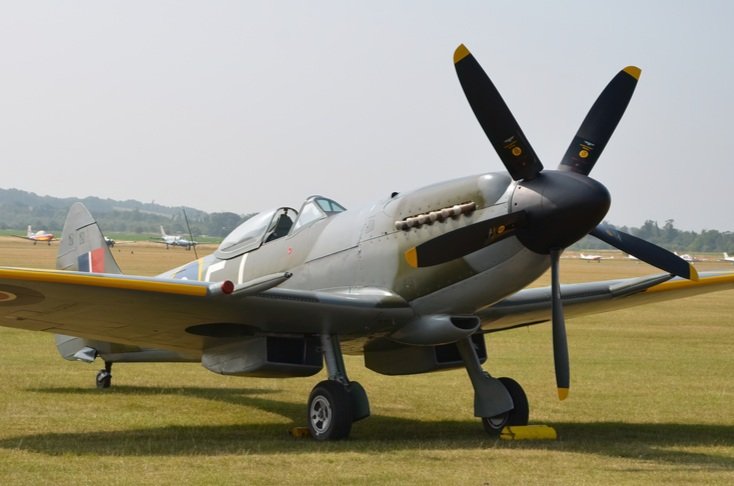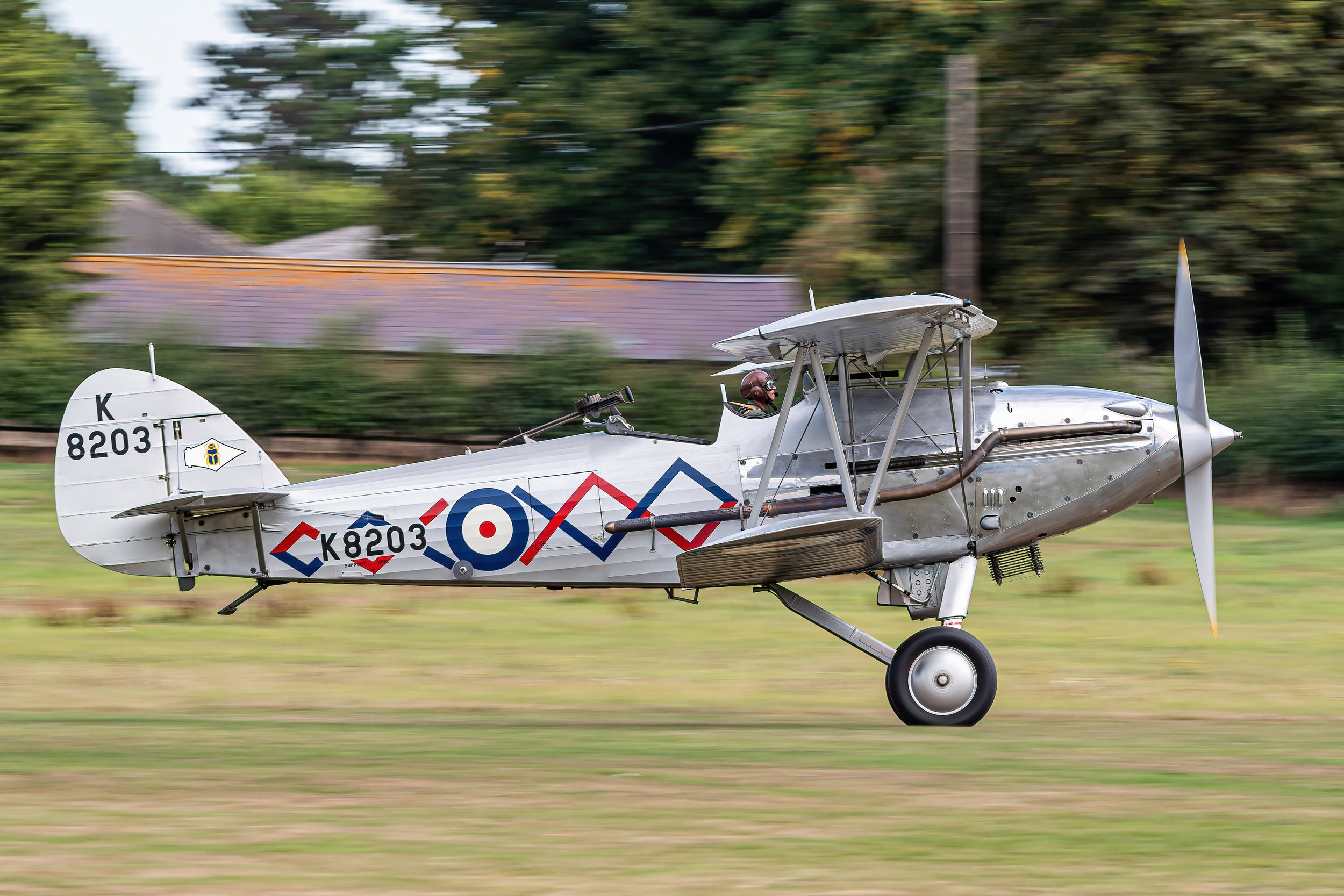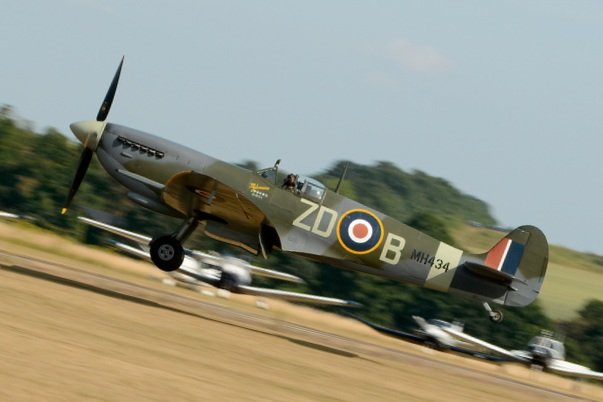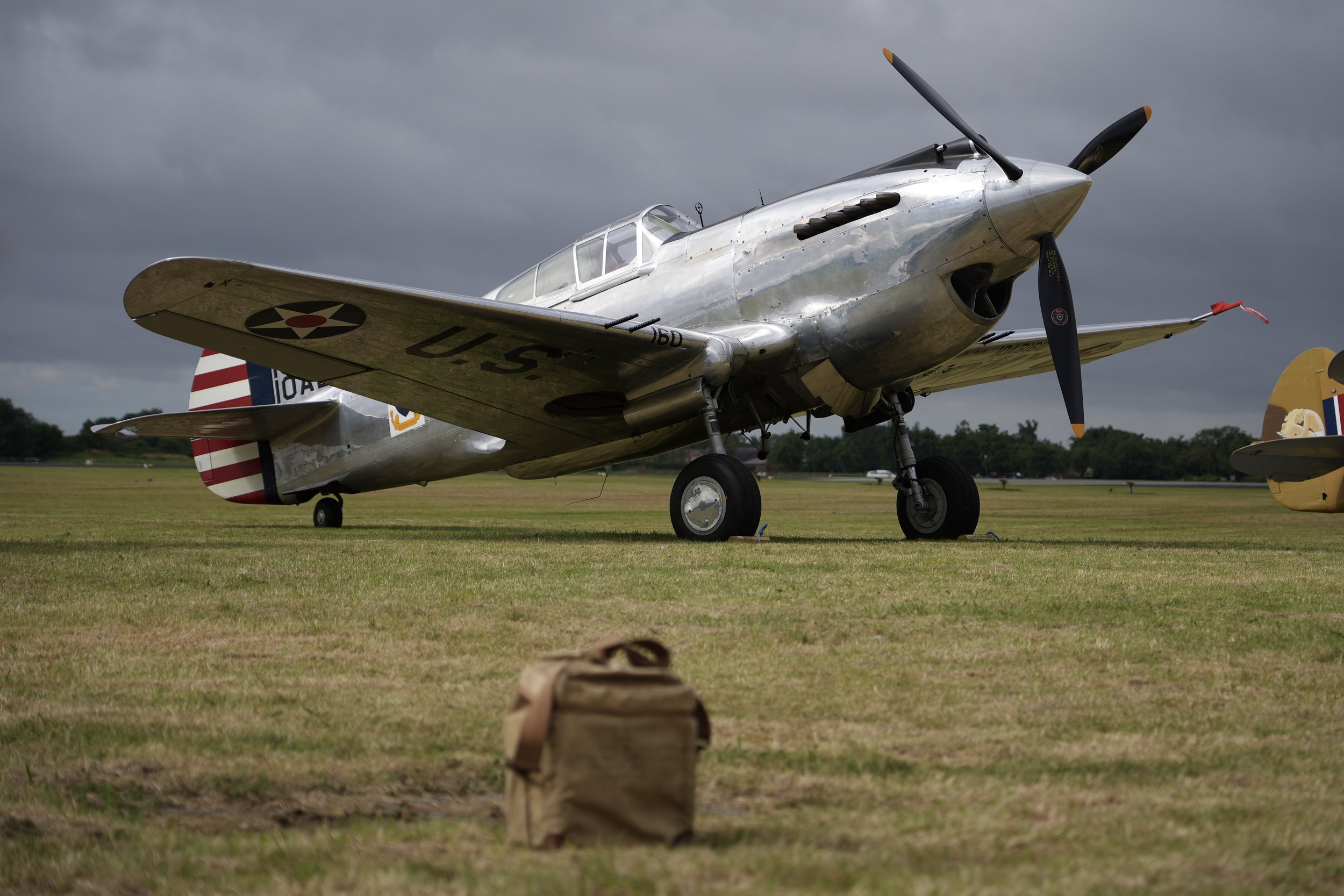Lysander G-CCOM
Year built
1939
Aircraft
Lysander IIIA
Base
Duxford Airfield
Westland Lysander V9312 (G-CCOM) is the only British-built example of this distinctive warbird in airworthy condition and one of just a pair still flying in the UK. The type was designed for the army cooperation role by ‘Teddy’ Petter who went on to design other iconic types such as the Canberra and Gnat. The high wings, large flaps and slats, and powerful 800hp Bristol Mercury engine all aided in giving the aircraft excellent short-field performance. Lysanders entered RAF service in mid-1938 and were used for jobs like artillery spotting and message dropping. With the outbreak of war, the roles of the type were expanded into light bombing and spotting. Unfortunately, the aircraft were vulnerable to German attack owing to their large size and slower speed – as such, Lysanders began to move into the air-sea rescue role instead, dropping dinghies and supplies to downed aircrew. The ‘Lizzie’ came into its own in August 1941 as part of the Special Operations Executive where black-painted examples, with a ladder fitted to the port side, would drop off and pick up agents under the cover of darkness in France, using only the moonlight to navigate. This was a largely successful secret operation which lasted until the liberation of France in 1944, with the aircraft’s strong landing gear making field landings a non-event.
V9312 was built at the Westland factory at Yeovil in 1940 and was formally taken on charge in early 1941 at 33 Maintenance Unit at RAF Lyneham. It subsequently served with 225, 4 and 613 Squadrons – during this time it would have been fitted with the ‘stub wing’ bomb racks on the undercarriage spats allowing for the light attack role. In April 1942 the ‘Lizzie’ suffered damage to its wing in an incident. During the repair, it was decided to convert the aircraft into a ‘target tug’ Lysander for gunnery practice. Upon completion the Lysander was sent to Canada where it operated under the Commonwealth Air Training Plan - it flew for the last time in October 1944 and was formally struck off charge two years later. Upon retirement, the aircraft was sold to Harry Whereatt of Saskatchewan and then eventually to aircraft collector Kermit Weeks, who kept the aircraft stored until it was purchased by the Aircraft Restoration Company in 2003. The airframe was assessed and a full restoration to flying condition began soon after. The restoration was a lengthy 15-year process, with the aircraft’s complex wooden wings requiring a complete rebuild among many other tasks. After 74 years of silence, the Lysander fired into life once again late on 8th August 2018. Once the engine had been set up and final checks completed, the aircraft made its maiden flight some three weeks later in the hands of John Romain.
Upon successful completion of test flying the ‘Lizzie’ was delivered down to Goodwood to take pride of place in the 2018 Goodwood Revival ‘Freddie March Spirit of Aviation’ Concours - where the aircraft was awarded second place – an achievement repeated in 2021. This Lysander presents an interesting contrast to other airworthy examples in her less familiar army co-operation camouflage colours. In recent years the aircraft has been further returned to stock configuration with the fitting of the ‘stub wing’ racks it would have worn in service, which have been complemented with the addition of some (wooden) dummy ordnance – all of which has had to be fabricated from scratch using drawings and photographs from the time. G-CCOM makes a fantastic addition to flying displays with her unique shape and sound, particularly as she represents such a rare type. The aircraft is also on the fleet of Aerial Collective, the Aircraft Restoration Company’s in-house warbird flight provider, where on selected days passengers can fly in the Lysander for themselves and experience the incredible field of view to be had from its rear cockpit. Lysanders operated from airfields like RAF Tempsford and RAF Newmarket, so for this Lysander to be based between the two provides a range of historical sites to be seen from the air.
| Back to Top |
Westland Lysander IIIA
The Westland Lysander is a British army co-operation and liaison aircraft produced by Westland Aircraft that was used immediately before and during the Second World War.
After becoming obsolete in the army co-operation role, the aircraft's short-field performance enabled clandestine missions using small, improvised airstrips behind enemy lines to place or recover agents, particularly in occupied France with the help of the French Resistance. Royal Air Force army co-operation aircraft were named after mythical or historical military leaders; in this case, the Spartan admiral Lysander was chosen.
In 1934 the Air Ministry issued Specification A.39/34 for an army co-operation aircraft to replace the Hawker Hector. Initially Hawker Aircraft, Avro and Bristol were invited to submit designs, but after some debate within the Ministry, a submission from Westland was invited as well. The Westland design, internally designated P. 8, was the work of Arthur Davenport under the direction of "Teddy" Petter. It was Petter's second aircraft design and he spent considerable time interviewing Royal Air Force pilots to find out what they wanted from such an aircraft. The army wanted a tactical and artillery reconnaissance aircraft to provide photographic reconnaissance and observation of artillery fire in daylight – up to about 15,000 yards (14 km) behind the enemy front. The result of Petter's pilot enquiries suggested that field of view, low-speed handling characteristics and STOL performance were the important requirements.
Davenport and Petter designed an aircraft to incorporate these features. The Lysander was to be powered by a Bristol Mercury air-cooled radial engine and had high wings and a fixed conventional landing gear mounted on an innovative inverted U square-section tube that supported wing struts at the apex and contained internal springs for the faired wheels. The large streamlined spats also contained a mounting for a Browning machine gun and fittings for removable stub wings that could carry light bombs or supply canisters. The wings had a reverse taper towards the root, which gave the impression of a bent gull wing from some angles, although the spars were straight. It had a girder type construction faired with light wood stringers to give the aerodynamic shape. The forward fuselage was a duralumin tube joined with brackets and plates, and the after the part was welded stainless steel tubes. Plates and brackets were cut from channel extrusions rather than being formed from sheet steel. The front spar and lift struts were extrusions. The wing itself was fabric covered and its thickness was greatest at the strut anchorage, similar to that of later marks of the Stinson Reliant high-winged transport monoplane.
Despite its appearance, the Lysander was aerodynamically advanced; being equipped with fully automatic wing slats and slotted flaps and a variable incidence tailplane. These refinements gave the Lysander a stalling speed of only 65 mph (105 km/h). The tube that supported the wings and wheels was the largest Elektron alloy extrusion made at the time. Due to the difficulties involved in manufacturing such a large extrusion Canadian-built machines had a conventionally fabricated assembly . The Air Ministry requested two prototypes of the P.8 and the competing Bristol Type 148, quickly selecting the Westland aircraft for production and issuing a contract in September 1936.
The high-lift devices gave the Lysander a short take off and landing (STOL) performance much appreciated by the Special Duties pilots such as Squadron Leader Hugh Verity. The wings were equipped with automatic slats which lifted away from the leading edge as the airspeed decreased towards stalling speed. These slats controlled automatic flaps. Slow speed flight was therefore greatly simplified, "and it was possible to bring a Lysander down to land, if not like a lift, at least like an escalator. The inboard slats were connected to the flaps and to an air damper in the port wing which governed the speed at which the slats operated. The outboard slats operated independently and were not connected and each was fitted with an air damper. On a normal approach, the inboard slats and the flaps would begin to open when the airspeed has dropped to about 85 mph (137 km/h) and be approximately half down at 80 mph (130 km/h). The only control that the pilot has is a locking lever which he can set to lock the flaps down once they have been lowered automatically.
| Back to Top |
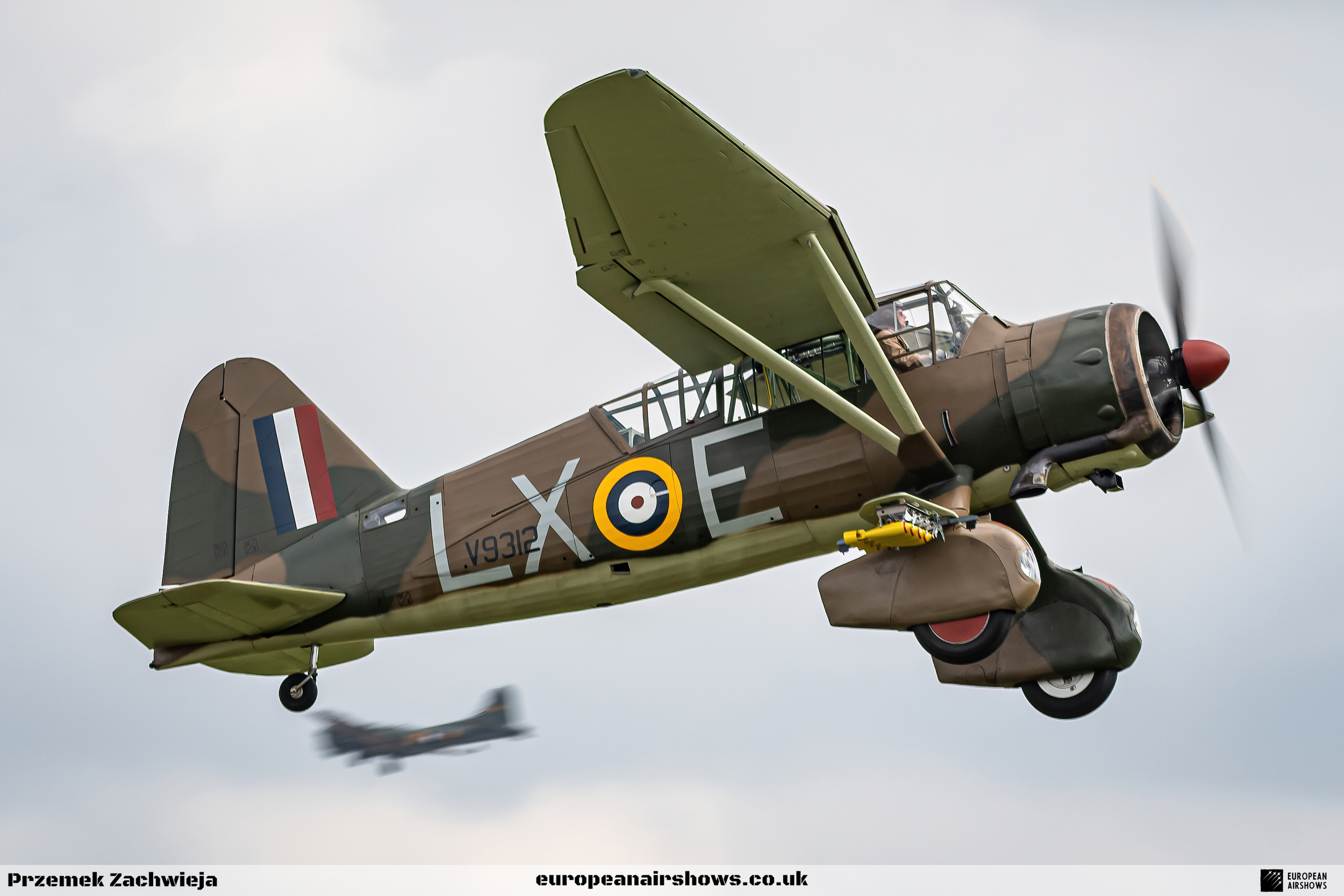
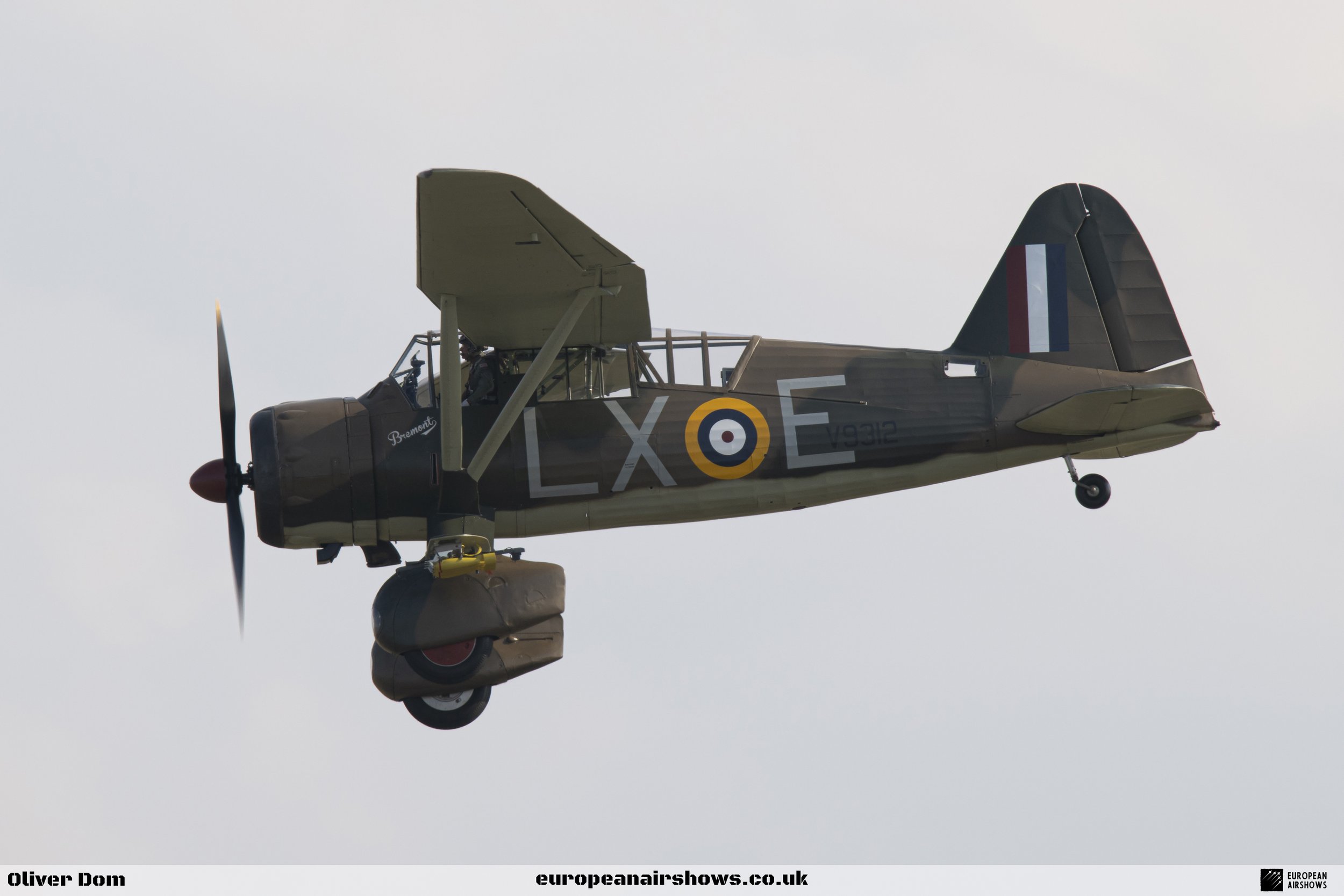
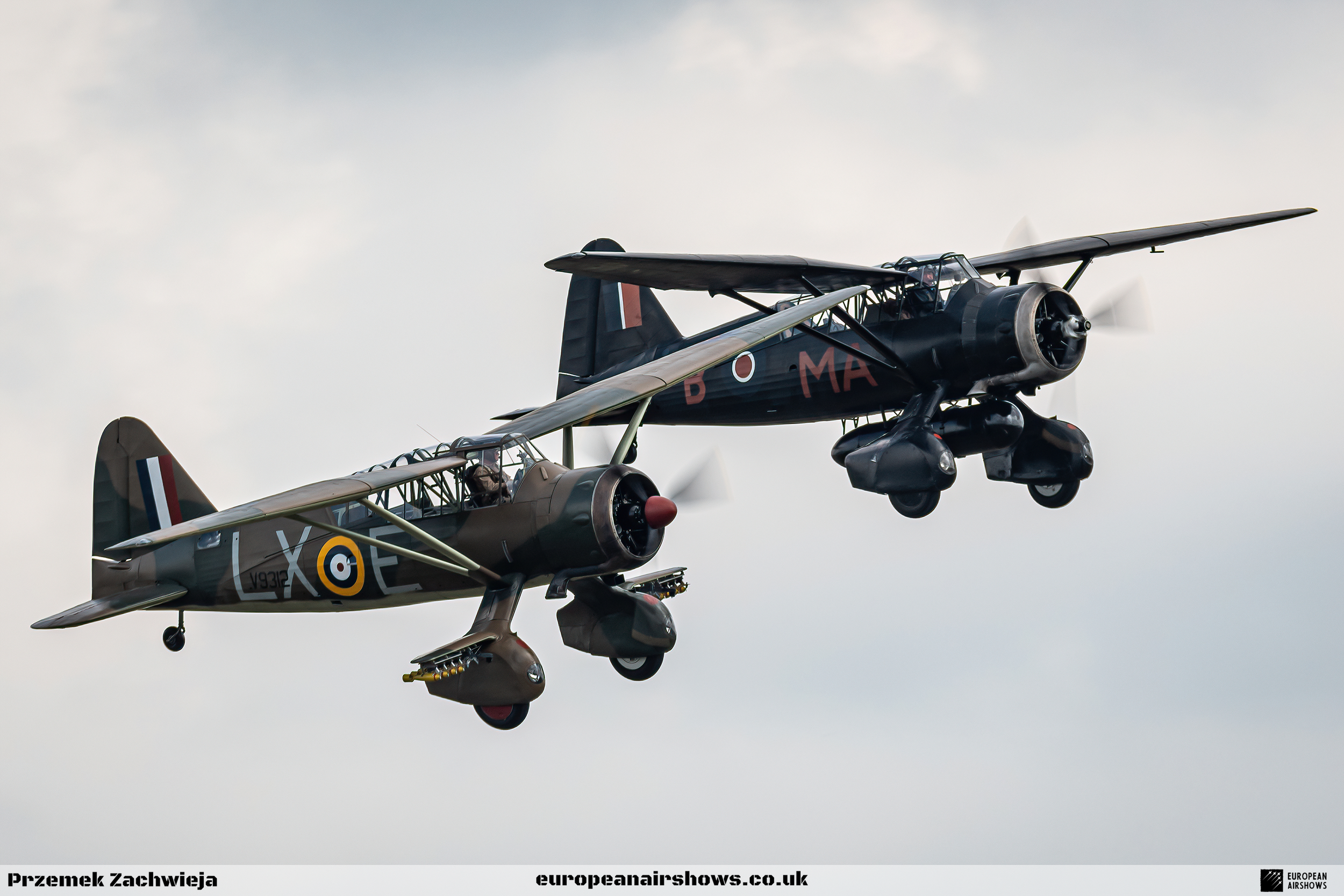
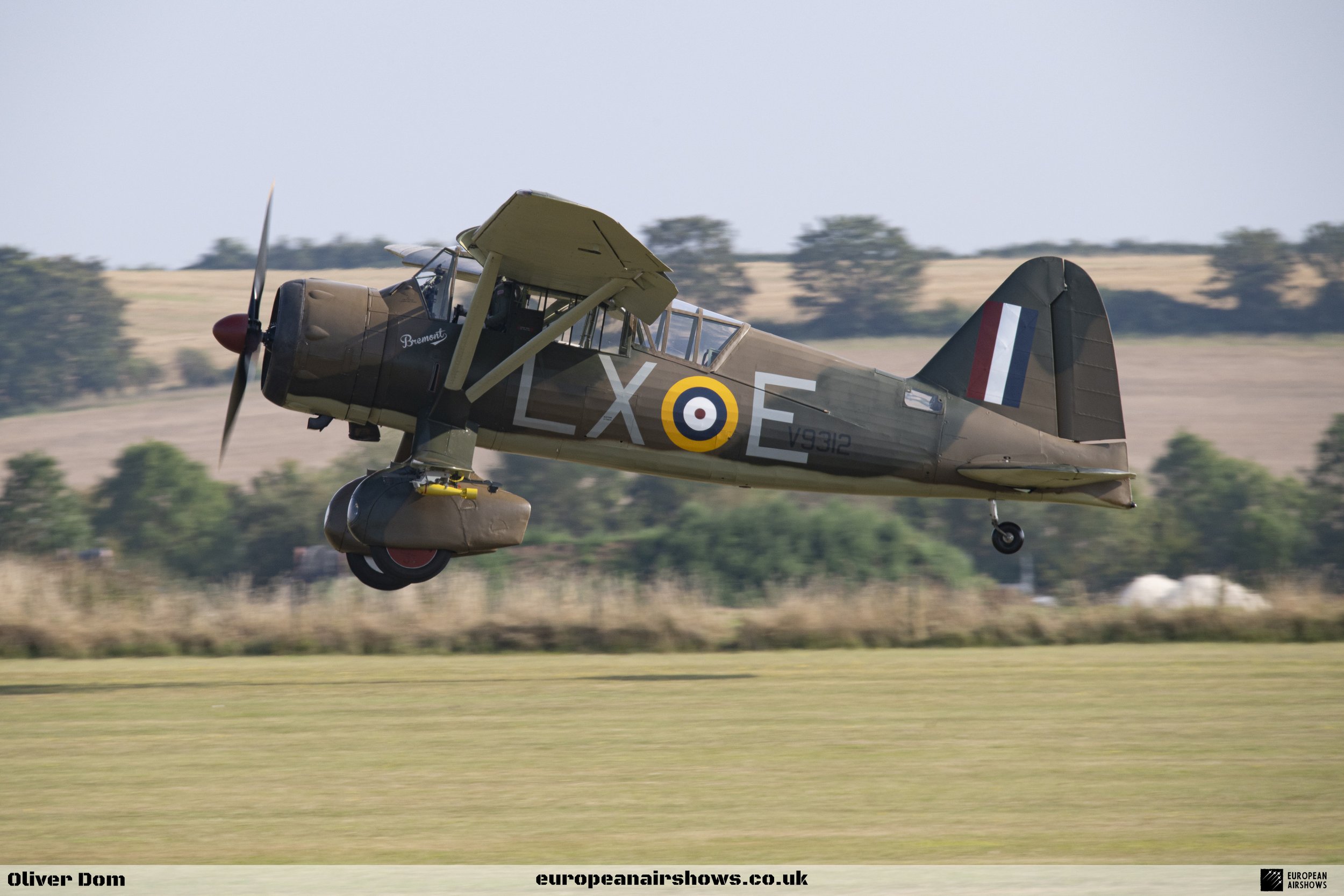
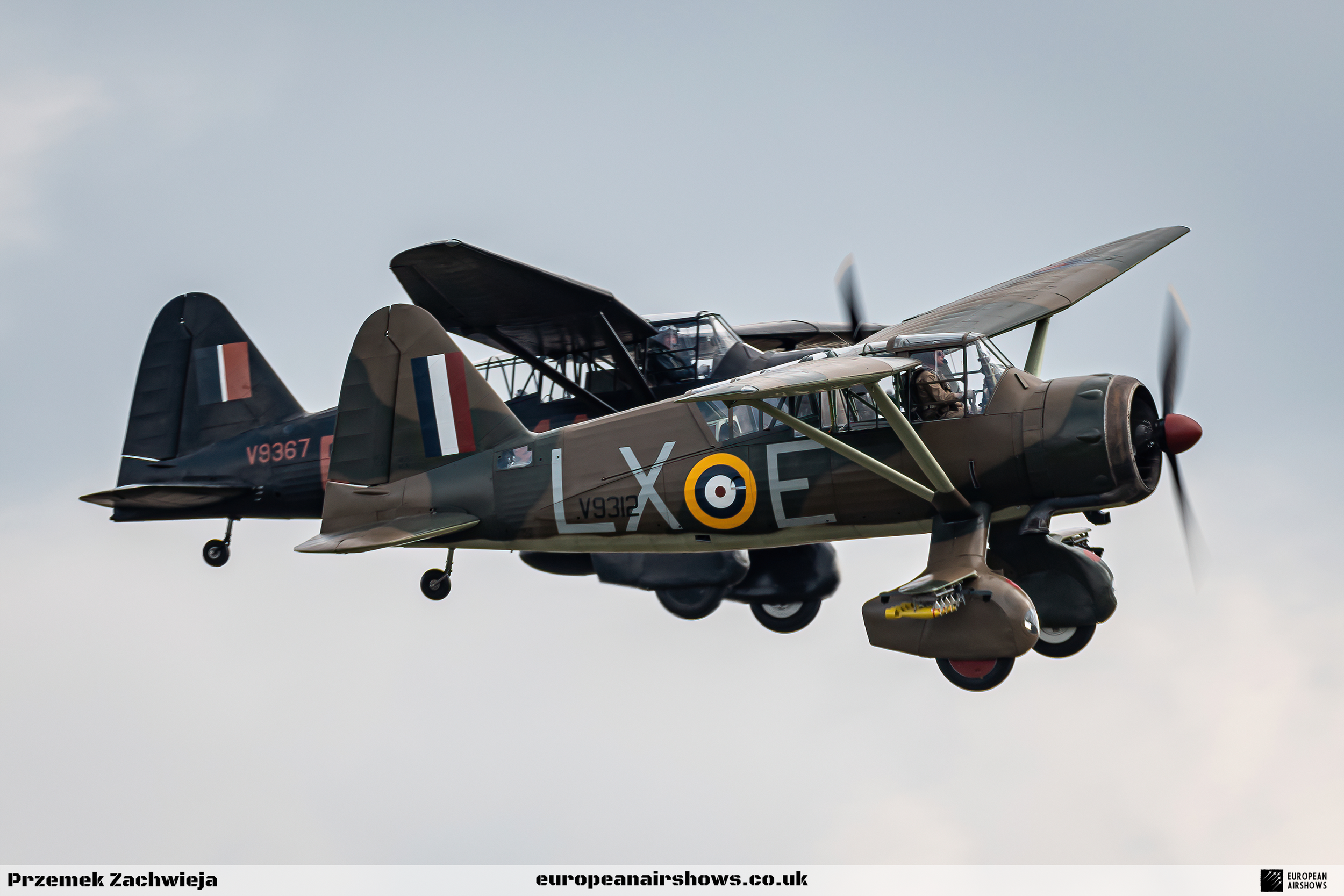


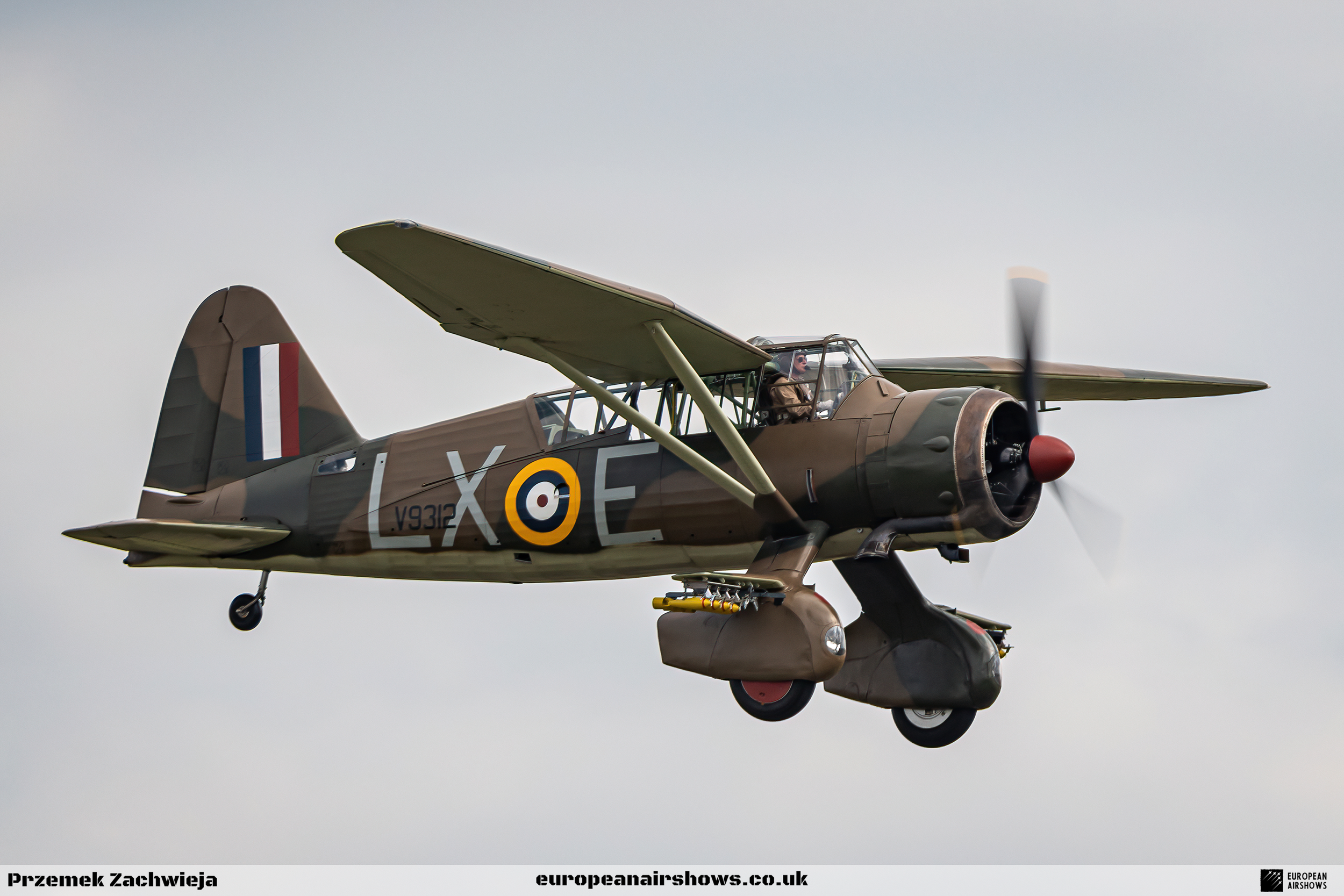
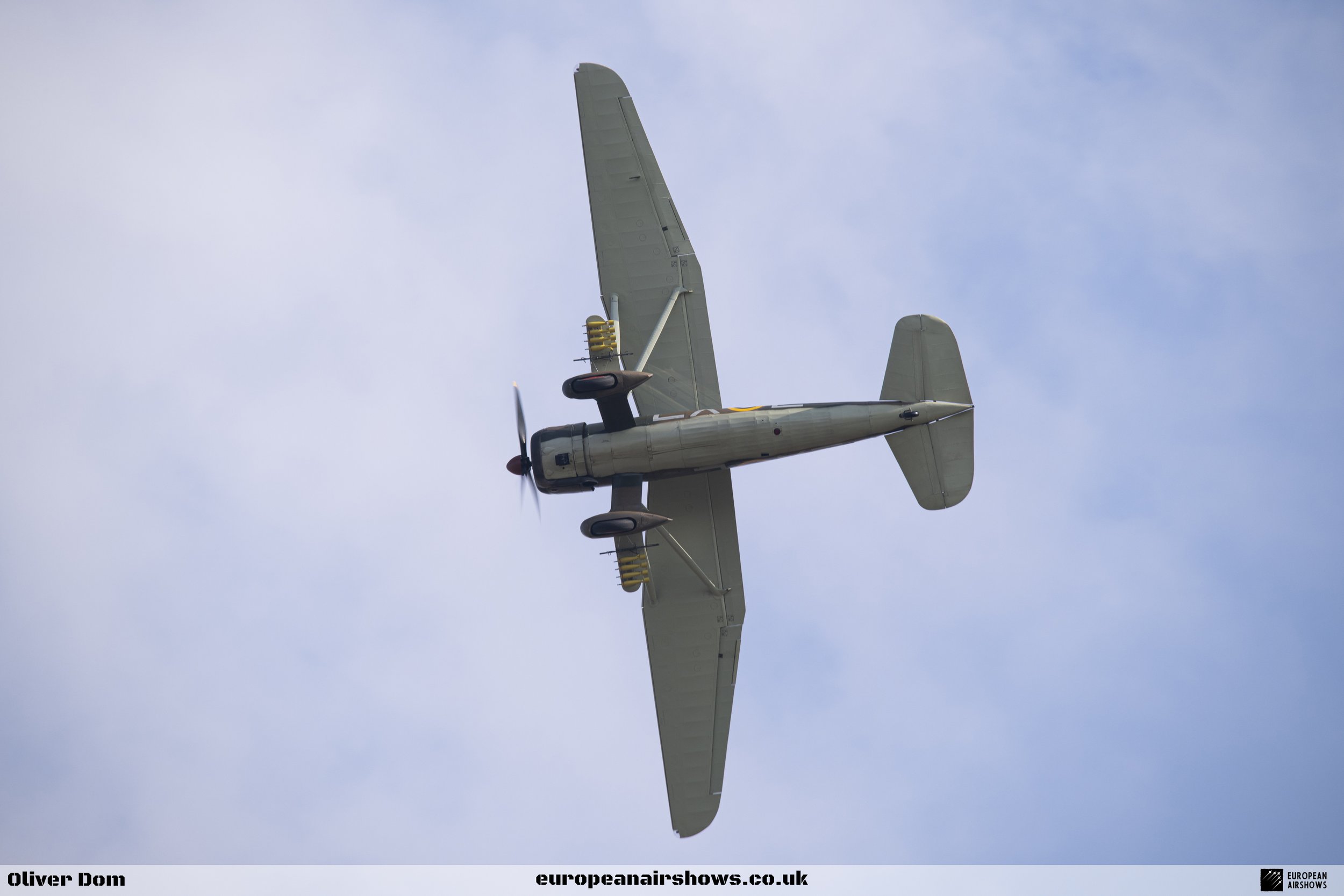
| Back to Top |






















